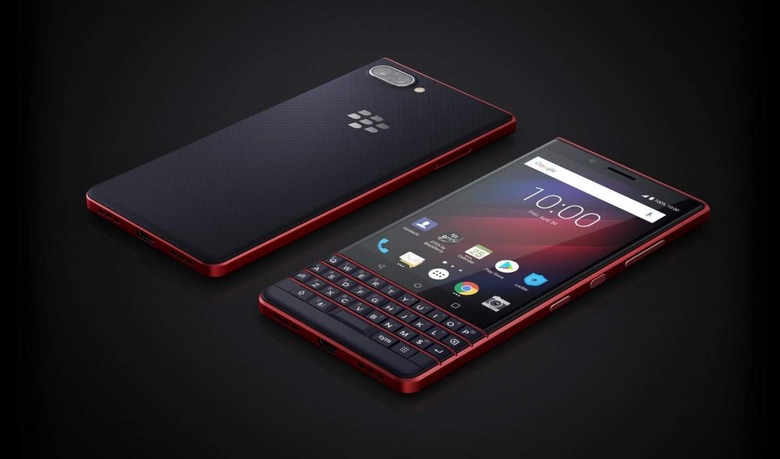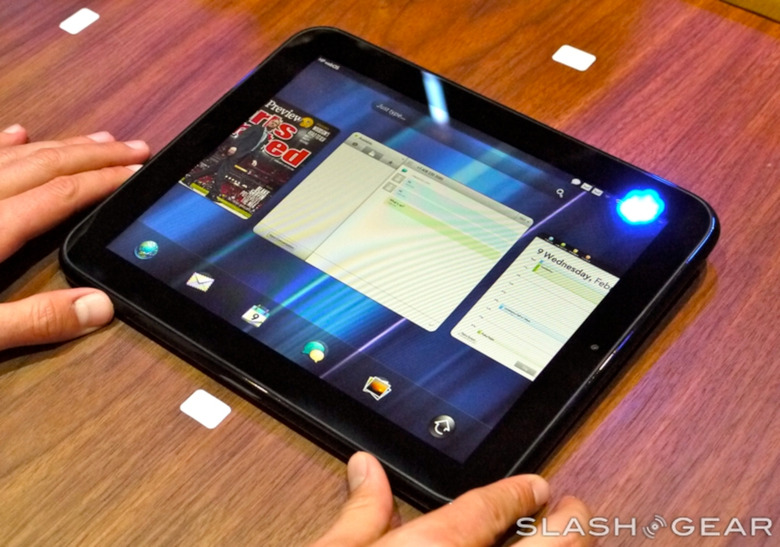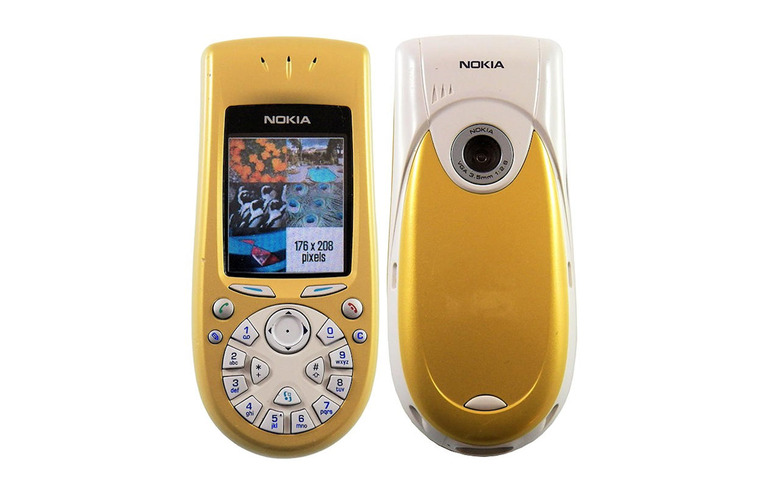Defunct Mobile Phone Brands We Wish Were Still Around
The smartphone market is a fiercely competitive and fast-changing one. Over the years since Apple introduced the iPhone, we have seen giants fall, and new ones take their place even as Samsung and Apple continue their almost never-ending rivalry. Some of those names that have already faded into the background still evoke some fond emotions from those who may be old enough to remember them. While the chances of them returning to their former selves, let alone their former glory, is nigh impossible now, there are still some brands that we wish continued to do business in the unique way they knew how.
BlackBerry - Productivity
BlackBerry's name is often immediately associated with two things: a physical QWERTY keyboard and office work. The former wasn't just a trendy gimmick and was what made the latter possible before the golden age of smartphones if there ever was a golden age. That input method, unfortunately, didn't age well into the present touch-centric smartphone design, but that's not to say it's not wanted, just that manufacturers didn't give much thought to making the two worlds live in harmony today.

BlackBerry was actually in a better position than Samsung to compete with Apple on an ecosystem level. Its suite of services, including BlackBerry Messenger or BBM, could have been Android's answer to iMessage, and its enterprise-centric services would have been stars these days, especially during this pandemic. Unfortunately, BlackBerry was slow to accept that Android would be its way forward and, by the time that it did embrace Google's platform, it was far too late.
Palm - WebOS
Even before there were smartphones, Palm's devices were already doing things that we take for granted today, at least as far as productivity tools and even some games go. It was toting a stylus long before the Galaxy Note was born and was even the original subject of the late Steve Jobs' mockery. Before it changed owners, Palm even dared to challenge the duopoly of Android and iOS with its own operating system that, unfortunately, may have been ahead of its time.

WebOS still exists today, but almost only in name. Although it was understandable that Palm was determined to keep its identity, its name just wasn't strong enough to sell the oddity that was WebOS back then. It definitely had some great ideas that Android and iOS would eventually make their own. Almost ironically, the stylus never really went out of fashion completely, and the Palm Pilots of old have pretty much been succeeded by Samsung's Galaxy Note line, which in turn might be replaced by future Galaxy S Ultra models.
LG - Innovation
LG was the latest mobile industry giant to bow out of the smartphone market rat race after almost years of trying to keep the wolves from the door. The writing was on the wall for several consecutive quarters, but it was still a sad sight to read the company's announcement. It's especially tragic when you consider the things LG was willing to do that bigger companies like Samsung didn't even dare to.
LG, for example, was one of the first to put the fingerprint scanner on the back of phones, a trend that continued until recently. It was the first to come out with a commercially available modular phone and would have been the first to market a rollable phone. Unfortunately, this willingness to take risks could have also been its undoing, but it can't be accused of lacking imagination and daring.
The real Nokia - Variety
Nokia is also still around, but only in name, really. Although HMD Global has done a terrific job making sure the brand lives on in an Android world, its name no longer has the same clout in the industry, not in a very long time. Its almost disastrous chapter under Microsoft's partnership almost cemented Nokia's image as a company that couldn't adapt to change fast enough.

Ironically, Nokia was both popular and notorious for actually moving too fast, flooding the mobile market with innumerable phones of varying designs and confusing names. If anything, Nokia was famous for the variety it offered, especially when it came to design, even to the point of looking completely bonkers. These days, however, taking such risks no longer makes business sense, which is why we almost end up with identical designs.
